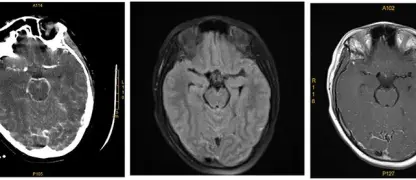Is an itchy scalp causing you distress? Don't ignore it. Understanding the causes and symptoms of a lice infestation is your first step toward fast relief and preventing a stressful outbreak. Get the facts you need to act quickly and effectively.
What are the main causes of Lice Infestation (Pediculosis)?
- Pediculosis is primarily spread through direct head-to-head contact with an infested person, which is very common among children playing closely together at school.
- Sharing personal items like hats, scarves, combs, brushes, headphones, or towels can easily transfer head lice from one person's head to another's.
- Infested furniture, bedding, or clothing can harbor lice for a short period, potentially leading to transmission, especially in cases of body lice infestation.
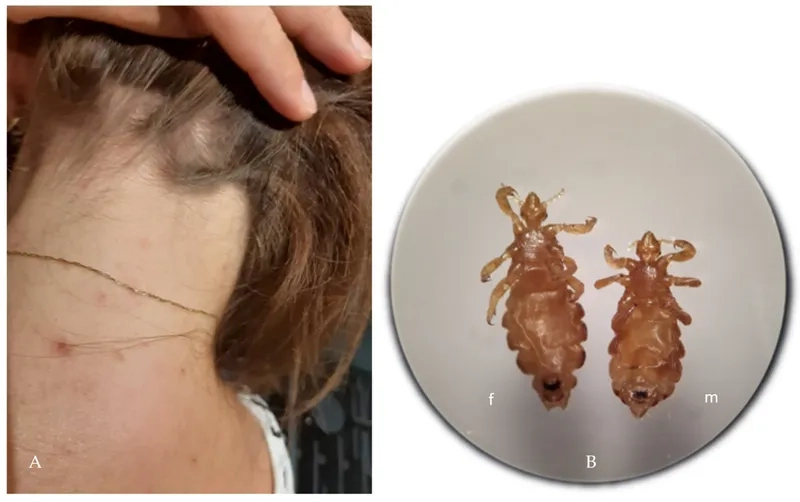
Key symptoms of Lice Infestation (Pediculosis) to watch for
- Intense itching on the scalp, body, or pubic area is the most common symptom, caused by an allergic reaction to louse saliva during feeding.
- You may see tiny, yellowish-brown specks (nits) firmly attached to hair shafts, often mistaken for dandruff, or spot adult lice moving through the hair.
- Persistent scratching can lead to small red bumps or sores on the scalp, neck, and shoulders, which may sometimes become infected with bacteria.
How can you prevent Lice Infestation (Pediculosis) effectively?
- Teach children to avoid direct head-to-head contact during play at school, playgrounds, and social gatherings to minimize the primary route of transmission.
- Advise family members not to share personal belongings such as combs, hair accessories, hats, scarves, and headphones to prevent lice from spreading easily.
- Periodically check your child's hair for lice and nits, especially after a known outbreak, using a fine-toothed lice comb for early detection and treatment.
>>> See more: Kawasaki disease - Recognizing the warning signs in children
Image of Lice Infestation Pediculosis
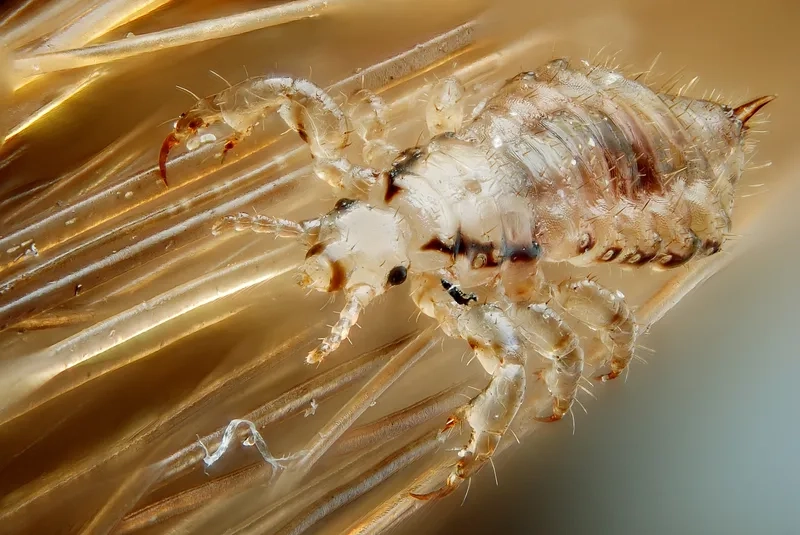

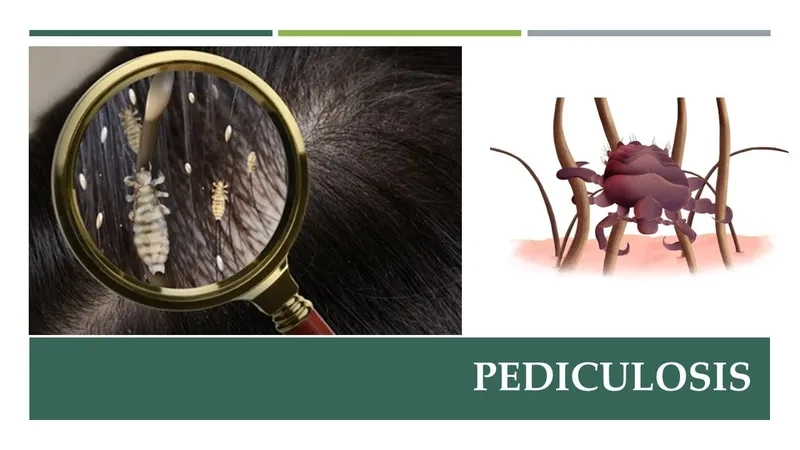

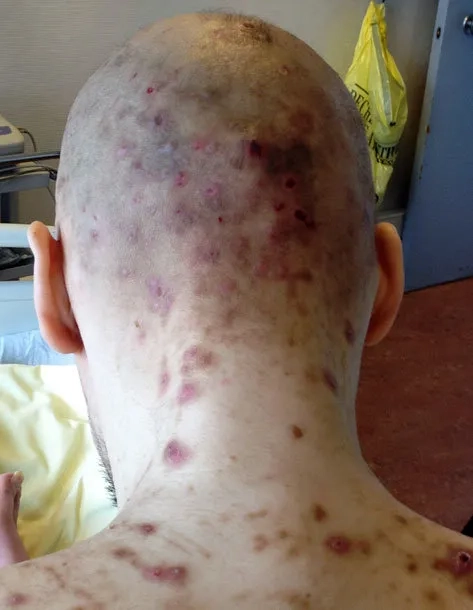
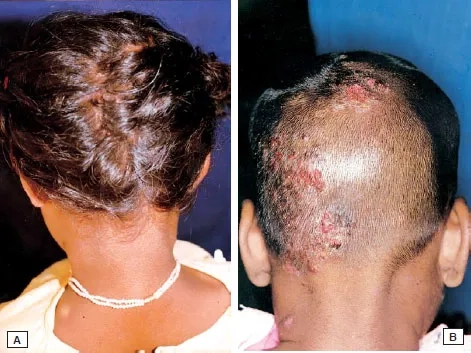

>>> Read more here: Kingella kingae infection - A cause of joint pain in children
Tackling a lice infestation requires prompt, informed action. By understanding these key points, you can effectively manage and prevent pediculosis. For persistent cases or "super lice," consult a healthcare professional for advanced lice treatment options and expert guidance.
>>> Details at: Klebsiella pneumoniae - A guide to this resistant infection





